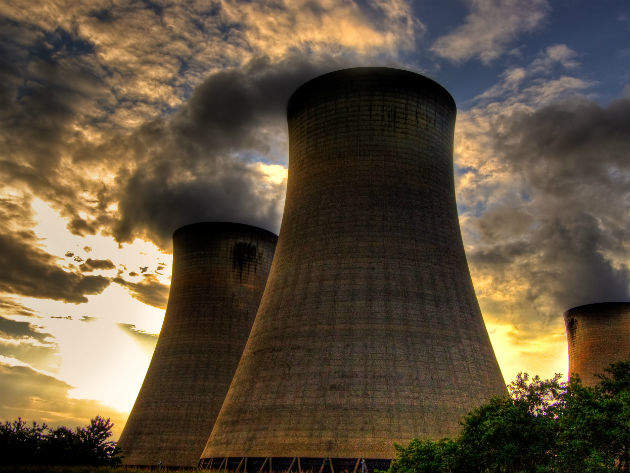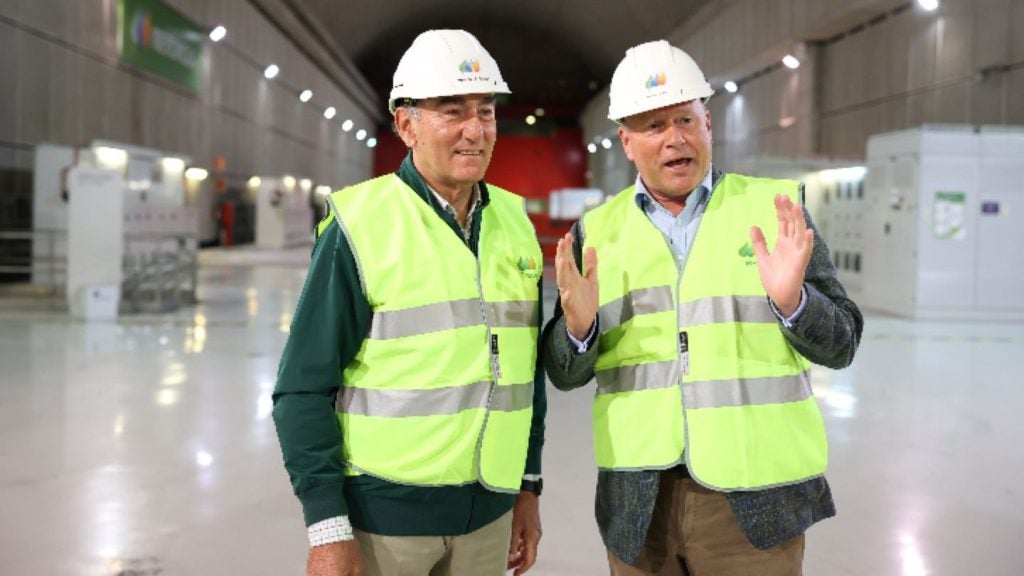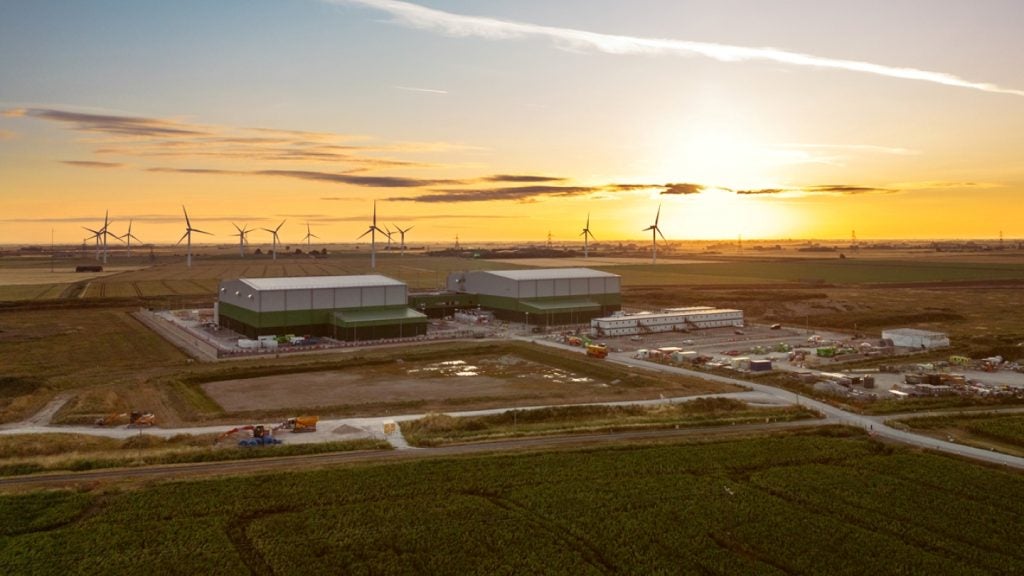
Renewable energy passed a key milestone last year in the UK and implications for the government’s latest pledge to phase-out all unabated coal power stations by 2025 could be huge.
An analysis of official UK Government data by UK-based environmental website Carbon Brief shows that in 2016 – and for the first time ever – the UK generated more electricity from wind than coal. For several days in March coal generation fell to zero for the first time since public electricity supply started in 1882, and by April, wind energy had overtaken coal for the first time.
The analysis found that wind power generated 11.5% of the UK’s electricity, compared with just 9.2% for coal. Last year also saw a first for UK solar power as, in May, solar panels produced 1.38TW hours (TWh) of electricity, far exceeding the 0.89TWh produced by coal-fired power stations.
Renewable subsidies, nuclear investigations and fracking
Early last year three UK coal-fired power stations were shutdown and in the November the government announced its intention to close the remaining eight coal plants by 2025. However, the pledge originally made in 2015 to close all eleven coal plants within eight years will be a daunting, if not impossible, task.
The government has already rolled back its subsidies for renewable energies, which could mean that, despite impressive performances last year, the future growth of renewables could yet be curbed. In addition, the government is facing mounting problems with the Hinkley Point C nuclear reactor project. While anticipated to meet 7% of the UK’s electricity needs over a 60-year period, the earliest the £18bn reactor scheme is expected to start generating electricity is 2025.
How well do you really know your competitors?
Access the most comprehensive Company Profiles on the market, powered by GlobalData. Save hours of research. Gain competitive edge.

Thank you!
Your download email will arrive shortly
Not ready to buy yet? Download a free sample
We are confident about the unique quality of our Company Profiles. However, we want you to make the most beneficial decision for your business, so we offer a free sample that you can download by submitting the below form
By GlobalDataAn investigation in France could yet scupper the entire project. This year it was revealed that French regulator, Autorité de Sûreté Nucléaire (ASN), is planning a more thorough investigation into the Areva nuclear power company.
A two year-long investigation into the nuclear reactor to be used at the EDF-owned Flamanville nuclear power plant in France – for which the design template matches Hinkley C – is due to be concluded this month with the presentation of a report to ASN. This could have major repercussions for Hinkley C if any significant problems with the Flamanville reactor vessel are found.
One of the most likely sources of replacement energy is gas retrieved from fracking and work to prepare the UK’s first fracking site has begun by energy firm Cuadrilla in Lancashire. However, this project, and similar fracking ventures elsewhere in the UK, is meeting stiff opposition from environmental lobbyists. Anti-fracking campaigner Tina Rothery has vowed that the fight will continue “both locally and nationally…to counter this clear and present danger”.
Whether fracking will go ahead en masse or not is anybody’s guess, but in the face of such staunch public pressure, any teething problems are likely to be seized upon, spooking investors and severely hampering the pace of roll-out.
Brexit piles pressure on UK energy mix
It is also far from certain that the government will be able to adhere to its strict timetable for replacing coal in the wake of the Brexit vote and indications given by Prime Minister Theresa May in January 2017 that she will take the UK out of the Single Market.
These factors combine to place a question mark against the government’s plan to move way from coal-fired power generation. Indeed, some senior Conservative party members are openly dubious that the pledge to shut down the UK’s coal power plants by 2025 is deliverable without causing major disruptions to the national grid.
MP Nigel Adams questions whether the Department of Energy and Climate Change (DECC) is talking closely enough with all power generators to ensure a smooth transition away from coal. And the coal industry is urging the government to reconsider its withdrawal of support for carbon capture storage (CCS).
Former Energy Minister Amber Rudd scrapped a £1bn scheme to encourage CCS development in 2015. The World Coal Association (WCA) is understood to have written to Business Secretary Greg Clarke asking him to reverse the decision and support for what it says could be a groundbreaking technology.
The association claims that instead of trying to control its CO2 emissions by scrapping coal-fired power plants the UK could instead turn to CCS. This technology is designed to remove and store the emissions from gas and coal-fired power plants and it would allow electricity to be generated from fossil fuels without jeopardising the UK’s climate change goals.
WCA goes further arguing that retaining a reliable coal and gas electricity capacity reserve based on CCS technology will be even more of an imperative if Hinkley C does not go ahead. The National Audit Office has pitched in on the side of CCS warning that scrapping the scheme will force taxpayers to fork out another £30bn to meet the UK’s 2050 carbon targets through the use of even more expensive low-carbon technologies.
Can the UK kick its coal dependence?
Whether the government will change its mind on CCS, or indeed back down on its pledge to close the remaining coal-fired electricity generating plants, is as yet unclear. Last November, the government launched an open consultation on coal generation in Great Britain – which closes on 8 February – but it only seeks views on putting into effect the closure of unabated coal power stations by 2025. No mention is made of CCS.
The consultation paper’s description says: “It is clear that one of the biggest contributions we can make to reducing power sector emissions is to replace unabated coal power stations with lower carbon forms of generation.” It goes further, saying that it is also testing proposals for a constraint on coal generation in the years prior to that. A source at Greenpeace UK said that until the result of the consultation is known “we are still waiting and we are still in the dark”.
But the government may find the pressure to retain at least some coal-fired generating capacity irresistible. Last December, a pressure group called the British Infrastructure Group (BIG), warned that Britain could be facing nationwide festive blackouts next winter unless radical changes are made to the UK’s electricity network. It also released a study which claimed that government targets for closing coal power stations have rapidly reduced the UK’s generating output.
The effect has been for prices to rise sharply and capacity margins to be slashed. The report found that the country’s spare electricity margin has fallen steadily from around 17% during the winter of 2011-2012 to around 1% this winter. To plug the gap the report says that household bills could, by 2020, increase by as much as £30 a year. This is nearly double government’s present estimate.
How will higher electricity prices square with Theresa May’s first major campaign speech where she declared she wanted to see an energy policy that promotes the reliability of supply and lower costs for users? Perhaps all will become clear following publication of the results of the government’s consultation.








